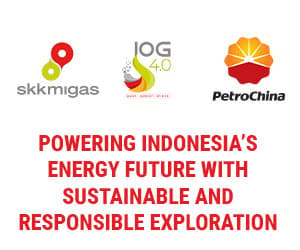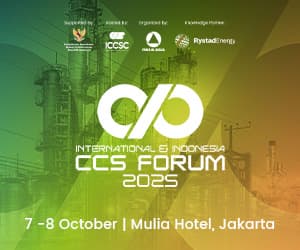The Ministry of Energy and Mineral Resources (ESDM) has confirmed that the Electricity Supply Business Plan (RUPTL) for state-owned electricity firm PT PLN, covering the period from 2025 to 2034, will be released next week. The plan is expected to include an additional 71 gigawatts (GW) of power generation capacity over the next decade, with approximately 70% of the capacity coming from renewable energy sources.
The current 2021-2030 RUPTL and its revisions have been under discussion for the past two years but remain incomplete. Recent discussions on the RUPTL have involved cross-ministerial meetings, with Finance Minister Sri Mulyani and State-Owned Enterprises Minister Erick Thohir attending a session at the Ministry of Energy and Mineral Resources on January 14, 2025.
Minister of Energy and Mineral Resources Bahlil Lahadalia emphasized that the RUPTL 2025-2034 will prioritize the development of renewable energy, including solar, wind, geothermal, and gas power. "In one week, the RUPTL will be issued," Bahlil confirmed on Friday, January 17, 2025, in Jakarta.
Bahlil further explained that the RUPTL’s planning with PLN has been more detailed, aligning electricity capacity needs with economic growth. "We have broken down the plan, determining how much capacity is needed based on economic growth, identifying renewable energy locations, and ensuring there’s a transmission network," he said. "If the network is missing, PLN must invest in it before building power plants to avoid inefficiency."
He also pointed out that PLN’s financial performance has been negatively affected by paying for unused power. "This is why PLN's profits are not great—they’re paying for unused electricity," he added.
Read also: Govt targets ambitious clean energy goals in new RUPTL
Bahlil noted that past RUPTL policies lacked a comprehensive approach, leading to incomplete energy integration. For example, the National Energy Policy (KEN) aimed for a 23% renewable energy mix by 2025, requiring 8.1 GW of renewable capacity. However, transmission infrastructure gaps hindered progress. He highlighted a case in South Sumatra, where 350 MW of renewable energy could not be transmitted due to a lack of sufficient infrastructure.
"Frankly, the RUPTL was not designed comprehensively but rather partially. We had electricity but no network, and PLN was left paying for take-or-pay contracts for 80%," Bahlil explained.
Another challenge is the higher cost of renewable energy compared to fossil fuels. To address this, Bahlil introduced a tiered electricity pricing system. Under this system, PLN buys electricity at a higher rate during the first 10 years to attract investors and secure funding. In later years, the purchase prices will gradually decrease.
"I suggested extending the period from 20 to 30 years to make it more appealing to investors," Bahlil said. "Renewable energy businesses can no longer claim it’s uneconomical. We’ve already signed agreements, and several companies are operational. This approach is based on practical experience, not just theory."
Editing by Reiner Simanjuntak












